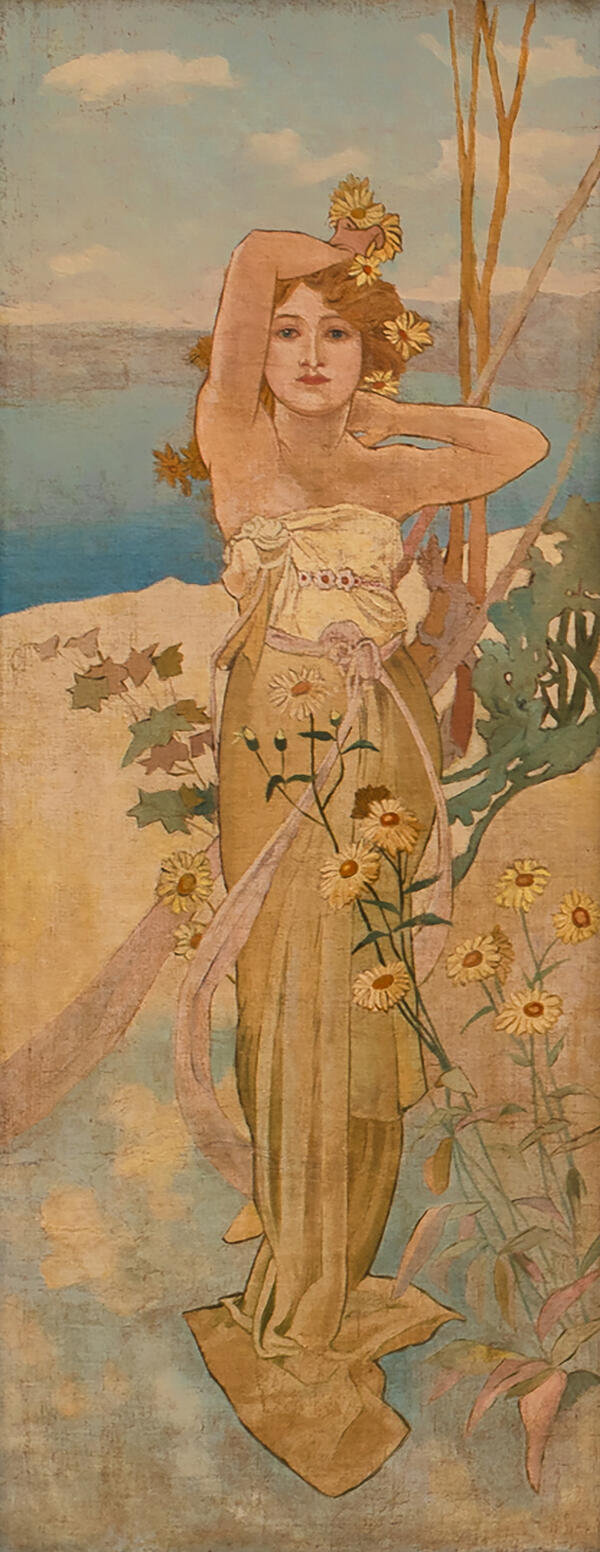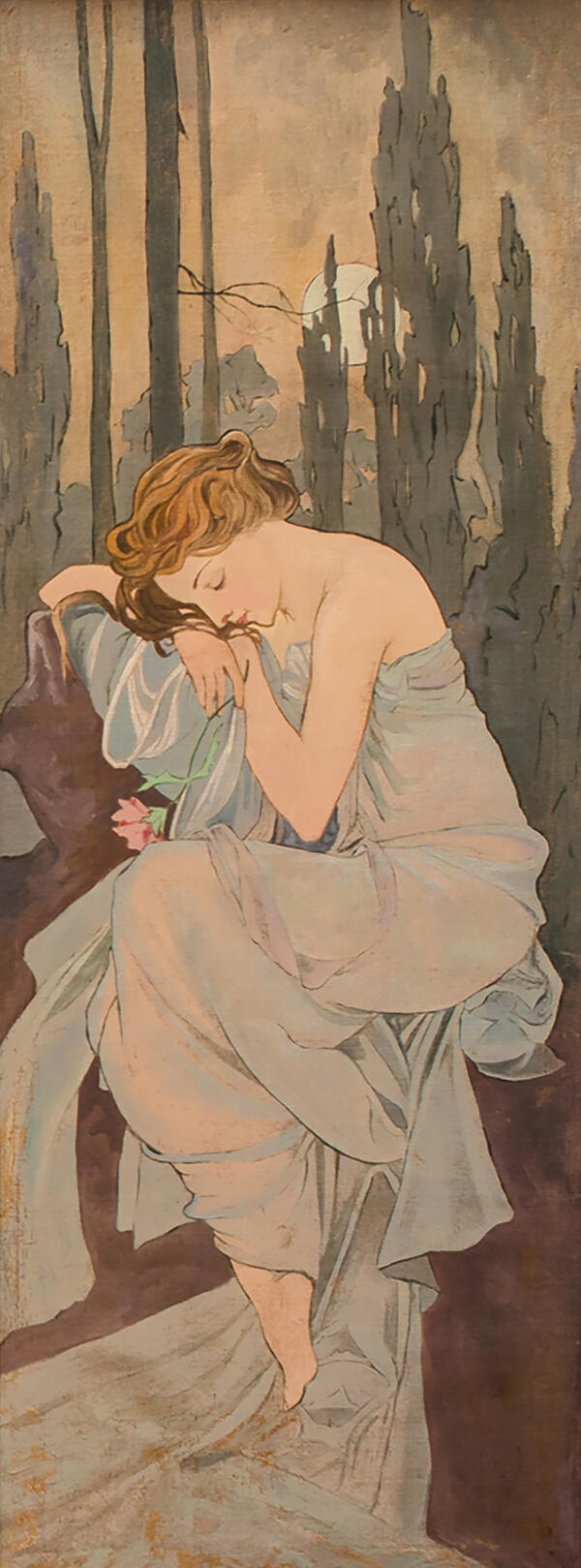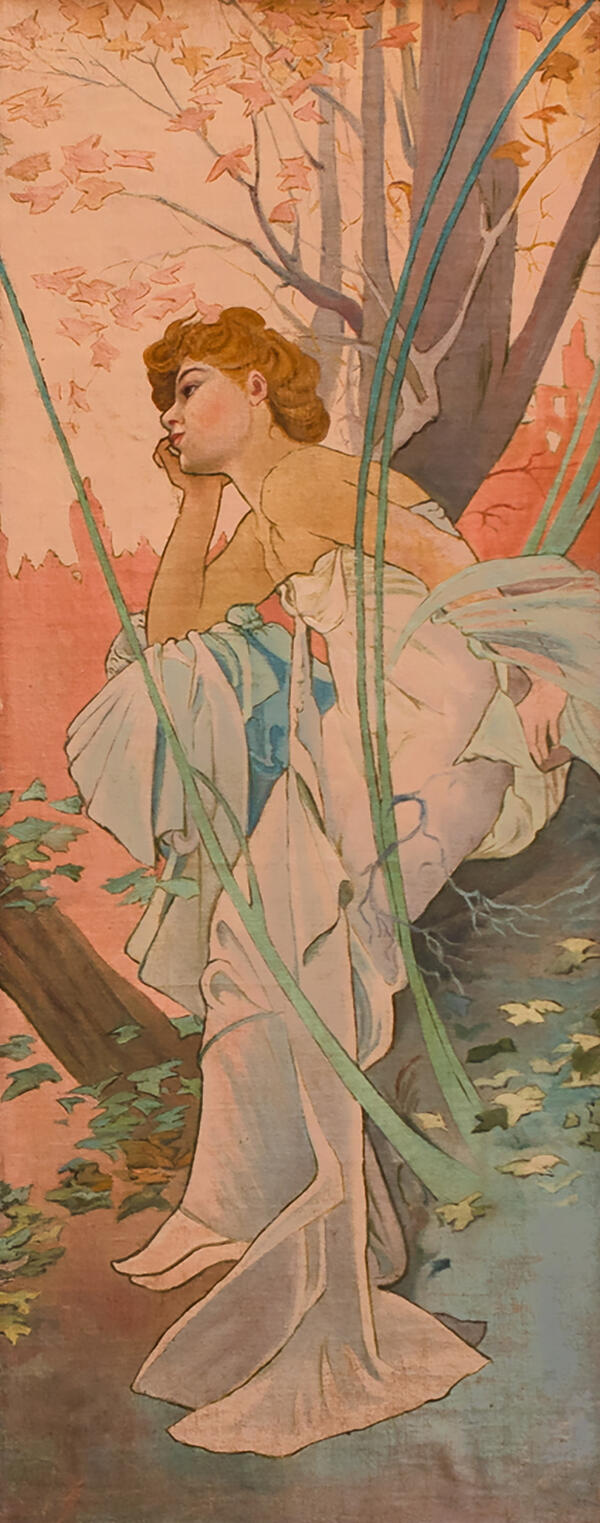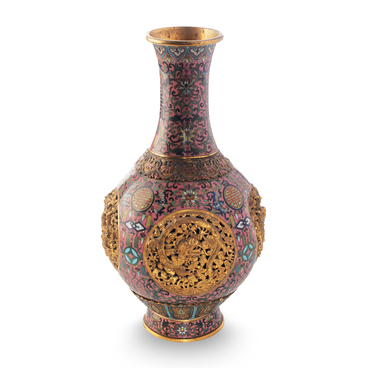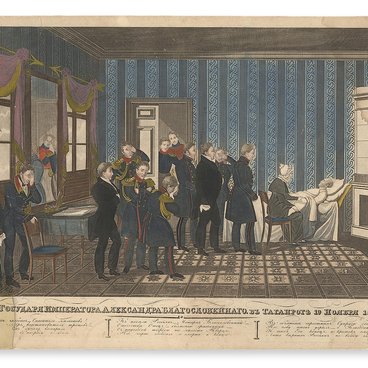The folding screen is considered one of the oldest pieces of furniture. It originated in China, where it was widely used for many centuries. The frame of a traditional Chinese screen was wooden, and the panels were usually made of rice paper, which is stronger and more durable than ordinary paper.
Traditionally, craftsmen decorated the panels with mythological themes, landscapes, and scenes of everyday life. Some palaces had folding screens with 40 panels or more, creating floor-standing panoramas. Over time, these screens spread throughout the Eastern world.
Thanks to the development of seafaring, folding screens eventually made their way to Europe where they became especially popular and were considered a luxury item. European furniture makers mastered the production of screens, replacing traditional Chinese rice paper with painted or embroidered fabric.
The popularity of screens in Europe reached its peak in the 17th and 18th centuries. At that time, they were a necessary and highly expensive piece of interior design. Typically, screens were produced with an even number of panels, most often six or eight. Screens with two or four panels were intended for smaller rooms.
In the early 20th century, free-standing screens continued to be popular and remained a fashionable interior element. The displayed exhibit was created in the Art Nouveau style. The design incorporates several of the style’s distinctive features, including the use of floral motifs, admiration for female beauty and youth, and the combination of various materials.
The frame was crafted from wood by a skilled furniture maker. Its panels are adorned with four rectangular oil paintings on canvas. The images were based on the paintings of Alphonse Mucha, a renowned Czech artist of the Art Nouveau movement. On each panel, the artist depicted a young woman against a scenic landscape, copying the 1899 series “The Times of the Day” by Alphonse Mucha.

